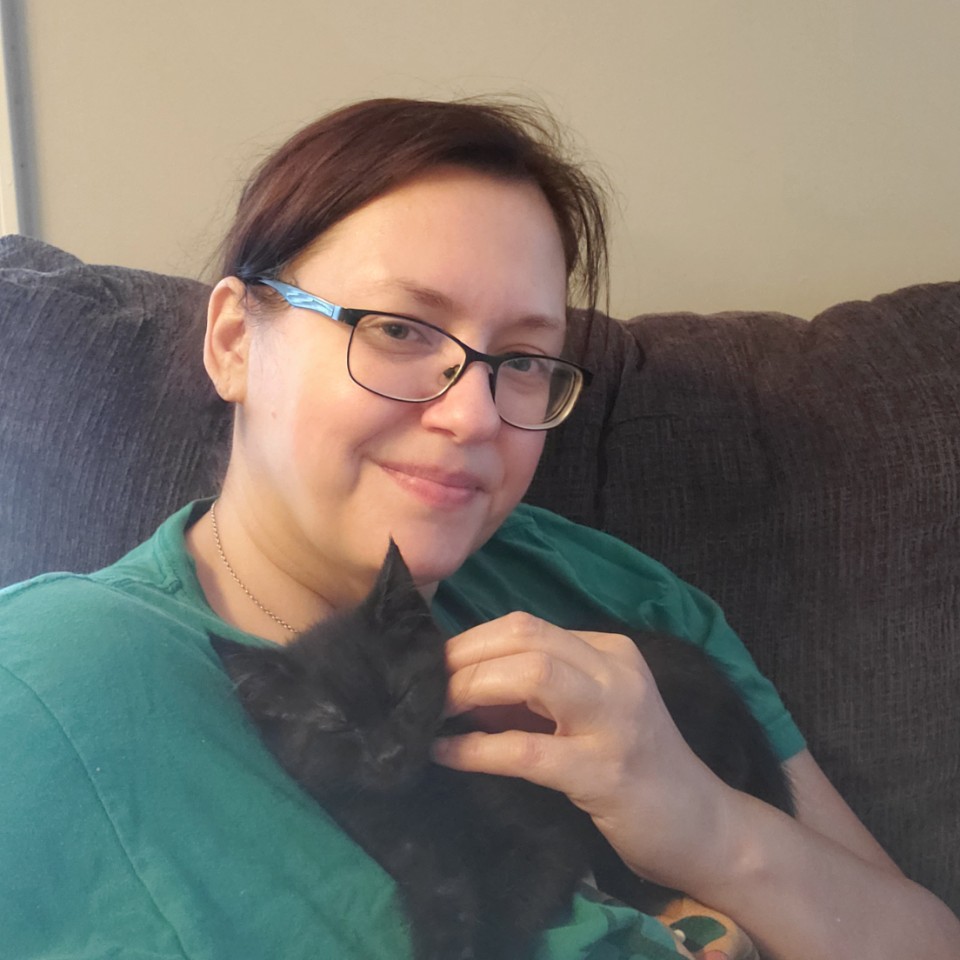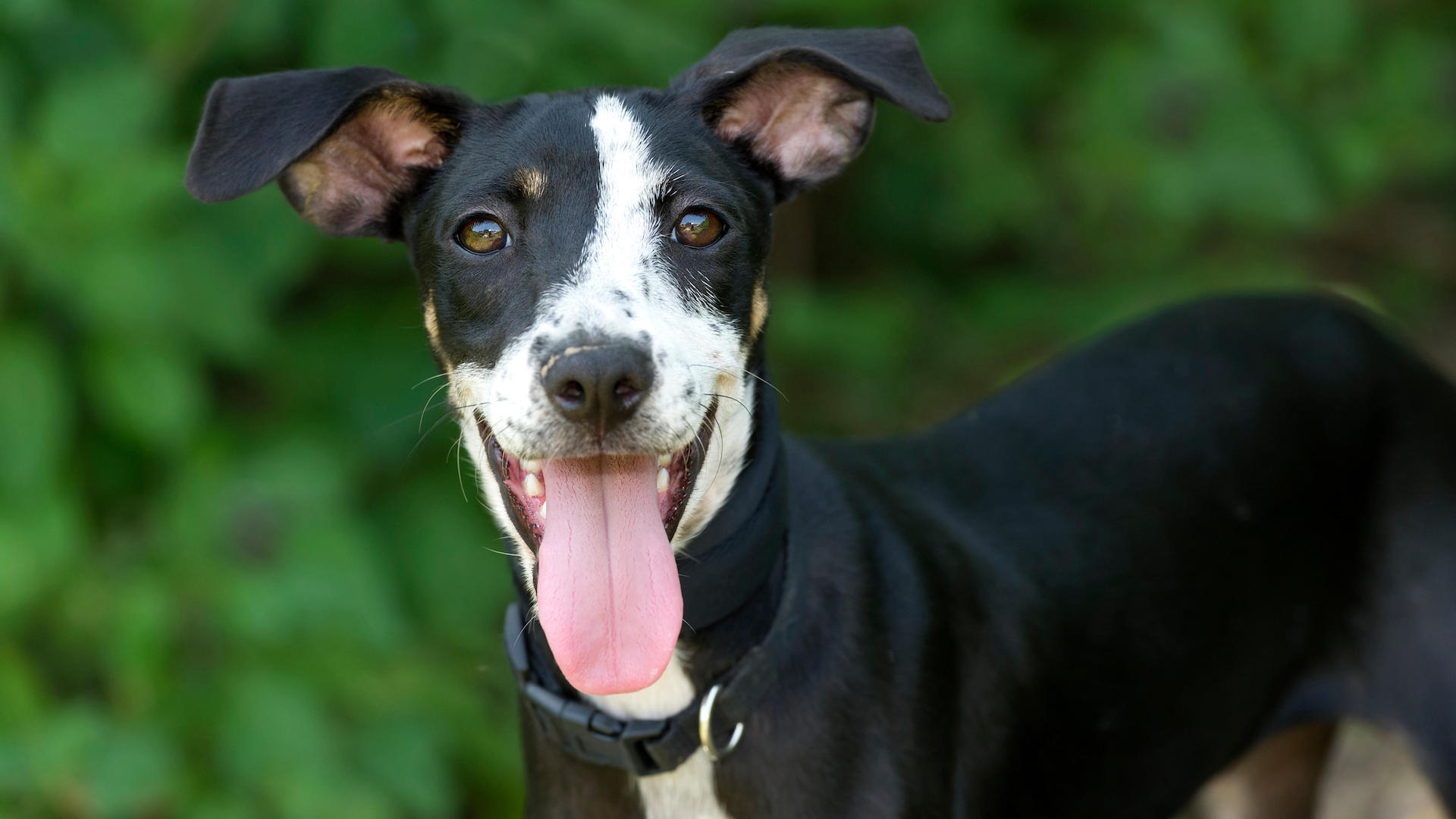How to choose the right size dog bed
Find out how to choose the right size dog bed so your canine companion can slumber in comfort
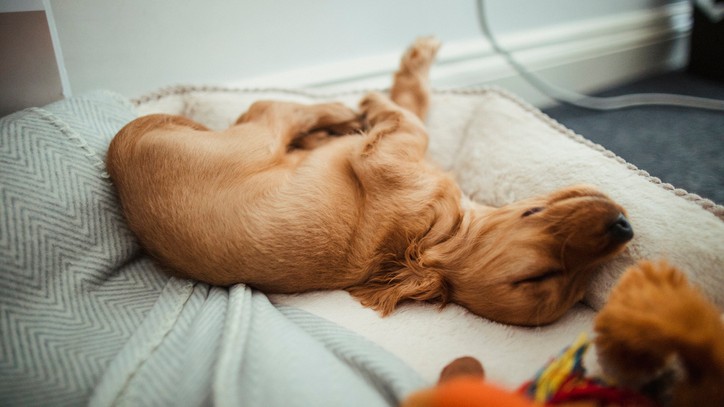
Shopping for your pet? It’s important to know how to choose the right size dog bed. In many of the nearly 50 million dog-owning households in the United States, pets sleep in their human’s beds.
However, a 2017 study from the Mayo Clinic suggests that people sleep better without a dog in their bed, in part because dogs have different sleep patterns than we do. And if you’ve ever slept with a dog, you know how much room they can take up… Find the right size dog bed and both of you will snooze comfortably. Once you've decided what size is needed, take a look at our guide to buying the best dog bed for some great deals and options.
How to choose the right size dog bed: Measure your dog
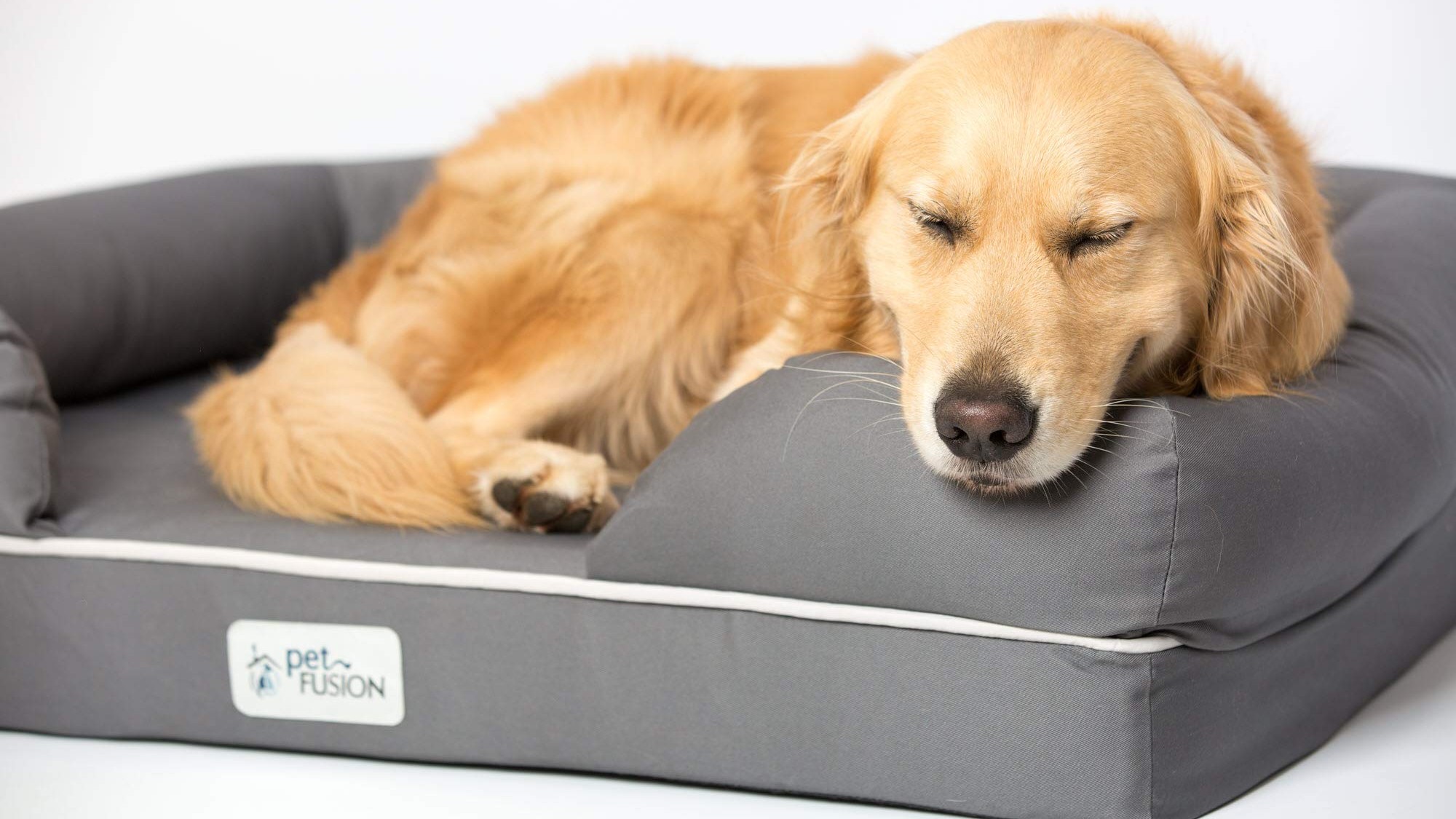
Most people wouldn’t casually buy a mattress for themselves without exploring their options. Since both dogs and dog beds come in a variety of sizes, it can feel even more complicated than mattress shopping. A small dog needs a small bed, but that’s just a starting point.
Get a tape measure and measure your dog’s length from nose to tail. Suppose your Chihuahua, for example, is 15-inches (38 cm) long. Now think about how your pup prefers to sleep. Some dogs curl up in a tight ball, while others enjoy being able to stretch out and roll around. It’s also important to consider your dog’s overall size and proportions. A Great Dane’s long limbs should be supported by their bed if they like splaying out while they snooze.
Now that you know your dog’s sleeping style, add some inches on to their length measurement to get an idea of how big a bed they need. It’s probably bigger than you thought. If your dog stretches out to sleep, they could need a bed as much as 12-inches (30.5 cm) longer than their nose-to-tail length. A curled-up furball wouldn’t need a bed quite as big, and might even feel vulnerable or chilly in a big open bed.
So far we’ve only talked about length and width, but weight is an important measurement too. Big dogs can have joint problems and need a bed that will support them. If your dog is overweight, they might need more support too. A small pup likely won’t need as much.
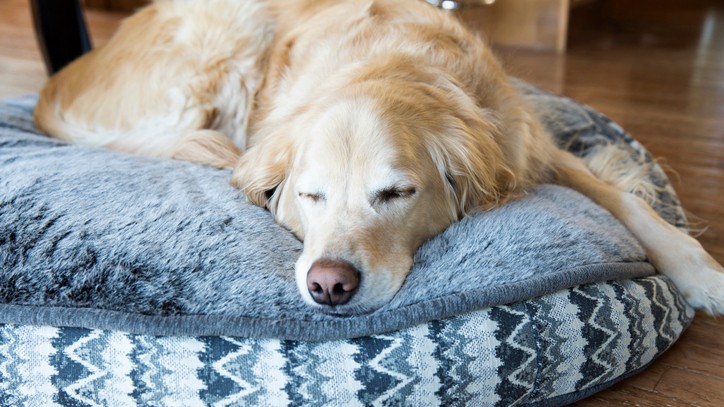
How to choose the right size dog bed: Types of bed
Dog beds come in many different shapes, sizes, thicknesses, and materials. You might be tempted to go with the least expensive one, but remember: if they don’t like it, they won’t sleep in it (no matter how much you grumble). Much like a good mattress, a high quality dog bed can last a long time. Think about how you’ll clean the bed, whether it’s spot cleaning, throwing it in the wash, or removing a washable cover.
Orthopaedic or memory foam: These provide a thick cushion between the dog and the floor.
Good for: Large dogs, older dogs, or dogs that need joint support could benefit from an orthopaedic bed.
Avoid if: Your dog tends to sleep curled up, gets overheated easily, or likes pillowy surfaces.
Round or oval-shaped: These are usually plush or “fuzzy”, lightweight, and filled with polyfill or foam rubber.
Good for: Small dogs, short-haired dogs, or dogs that enjoy being curled up and snuggled down.
Avoid if: Your dog sleeps stretched out, needs joint support, or likes chewing on stuffed animals (they might chew the bed).
Pillow beds: Usually shaped like a rectangular cushion. Many have waterproof or removable, washable covers.
Good for: All sizes of dogs that sleep stretched out, switch positions often in their sleep, or are more likely to get their beds muddy or dirty.
Avoid if: Your dog needs thick cushioning or might chew on the bed.
Covered bed: Often shaped like a dome or an envelope.
Good for: Dogs who like sleeping under blankets, or feel secure in a small, covered space.
Avoid if: Your dog prefers to be out in the open.
Bolster beds: Come in different shapes and materials, but usually have a rigid border. Some may look like a sofa.
Good for: Dogs who may enjoy resting their chins or paws on a raised surface when they sleep.
Avoid if: Your dog might chew on the materials or would not like being surrounded by a firm border.
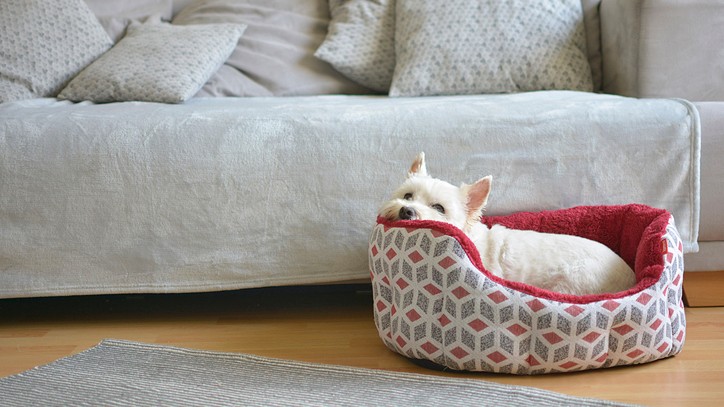
Hit the Internet
Now that you know how to choose the right size dog bed for your bestest buddy, it will be easier to drill down into the shapes, materials, and covers that will work best for them. You’ll sleep better with your own space and knowing that your dog is as comfortable as they can be. There's lots of great options to choose from in our buying guide on picking the best dog bed.
PetsRadar Newsletter
Get the best advice, tips and top tech for your beloved Pets
Shanna Tyndall has been writing and editing for the web and print for most of the 2000s. She is also a happy life-long cat owner and acquired a cat-like dog seven years ago. She believes that pets are generally better than people.
